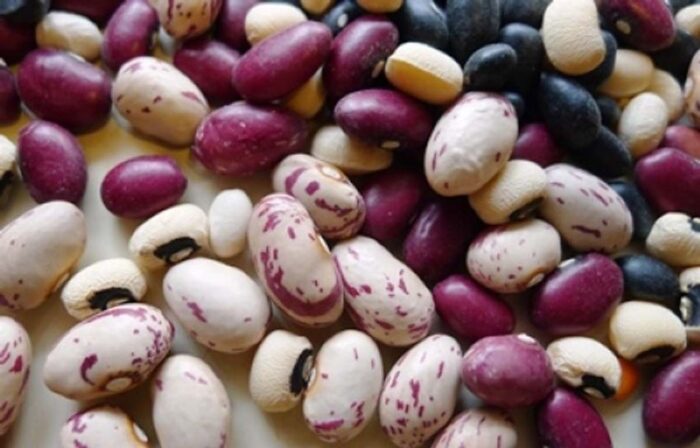How to Grow Dry Shelling Beans
Dry beans are grown just like other bush or pole beans, but they stay on the plant until their seeds are thoroughly dry

Black beans, navy beans, kidney beans, red beans, cranberry beans, pinto beans.
Beans are a staple in my cooking, just like in most kitchens around the globe. I’ve used all kinds of dried beans over the years, in all kinds of soups, stews, and chilis, but I’ve never tried to grow my own. How difficult could it be?
It turns out that dried beans are as easy to grow as other kinds of beans; they just need a longer season to dry in their pods. The amount of time spent growing in the garden is the main difference between growing fresh snap beans, green shelling beans, and dry beans. It all depends on how old they are when gardeners clip beans from their plants.
Snap beans are picked while they’re still young and their seeds are immature. Green shelling beans, like lima beans, are harvested when pods are large but still fresh and green. Dry shelling beans stay on the plant until their seeds are thoroughly dry and rattle around in their pods.
If you want to try growing beans to store for next winter, start now. Look for dry shelling bean seeds in catalogs, garden supply stores, or online seed retailers. You’ll find a world of beautiful beans, many of them with colorful speckles, eyes, streaks, and other mottling that make these beans especially lovely.
Dry beans are planted and grown just like other bush or pole beans. Wait for the soil to warm in spring, and then plant seeds in a sunny spot in your vegetable garden or raised beds. Plan ahead, because you’ll need to plant more beans and they’ll need to be in the garden about a month longer than other beans.
At the end of the season as beans mature, cut back on watering to help speed drying. You’ll know beans are ready to harvest when the leaves are yellow and start to drop. Beans will be so dry that you’ll be able to hear them rattling around in their pods, or your fingernail won’t be able to pierce the seed coat. If the weather turns rainy or snowy before beans are dry, pull up the entire plant and dry inside or undercover.
The last step before dry beans can be stored is to separate them from the dry pods. For a small crop, you could crack open the pods with your hands. For a larger harvest, you might want to put pods in a burlap sack or pillowcase and gently crush pods to push seeds out. Gardeners use stiff breezes, fans, or even air compressors to help separate the seeds from the chaff.
Make sure seeds are thoroughly dry, and then place them in airtight jars in a cool, dry place to store for use over next winter.
If you’ve planted dry shelling beans in your vegetable garden, please share your growing and storing tips here.






Comments
Log in or create an account to post a comment.
Sign up Log in